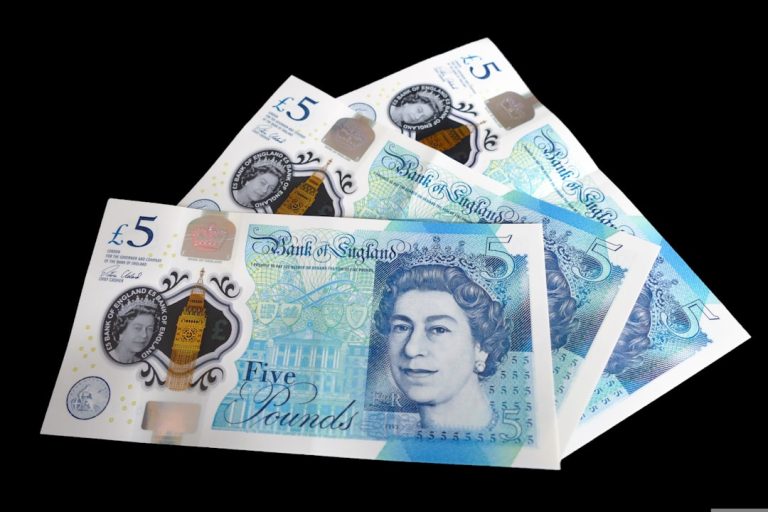Credit Utilization Ratio Explained
Understanding your credit utilization ratio is crucial when it comes to managing your finances and maintaining a healthy credit score. Your credit utilization ratio is the amount of credit you are using compared to the total amount of credit available to you. It is a key factor that influences your credit score and can have a significant impact on your financial well-being.
How is Credit Utilization Ratio Calculated?
To calculate your credit utilization ratio, you simply divide the total amount of credit you are currently using by the total amount of credit available to you. For example, if you have a total credit limit of $10,000 across all your credit cards and you have a balance of $3,000, your credit utilization ratio would be 30% ($3,000/$10,000).
Why is Credit Utilization Ratio Important?
Your credit utilization ratio is important because it accounts for 30% of your FICO credit score, making it one of the most significant factors that lenders consider when evaluating your creditworthiness. A lower credit utilization ratio indicates to lenders that you are not overly reliant on credit and are managing your finances responsibly.
Having a low credit utilization ratio can help improve your credit score and make you more attractive to lenders when applying for loans or credit cards. On the other hand, a high credit utilization ratio can negatively impact your credit score and may signal to lenders that you are at a higher risk of defaulting on payments.
What is Considered a Good Credit Utilization Ratio?
Experts generally recommend keeping your credit utilization ratio below 30%. However, the lower your ratio, the better it is for your credit score. Ideally, aim to keep your ratio below 10% to maximize the positive impact on your credit score.
How to Improve Your Credit Utilization Ratio
If you have a high credit utilization ratio, there are several strategies you can employ to improve it:
- Pay down existing debt: Making extra payments towards your outstanding balances can help lower your credit utilization ratio.
- Request a credit limit increase: Asking your creditors for a higher credit limit can also help reduce your ratio as long as you don’t increase your spending.
- Use your credit cards strategically: Spread out your purchases across multiple cards or pay off balances before the statement closing date to lower reported balances.
In Conclusion
Your credit utilization ratio plays a significant role in determining your overall financial health and creditworthiness. By understanding how it is calculated and taking steps to keep it low, you can improve your credit score and set yourself up for better financial opportunities in the future. Remember to regularly monitor your credit utilization ratio and make adjustments as needed to maintain a healthy financial profile.
For personalized advice on managing your credit score and improving your financial well-being, consider consulting with a financial advisor who can provide tailored guidance based on your individual circumstances.






